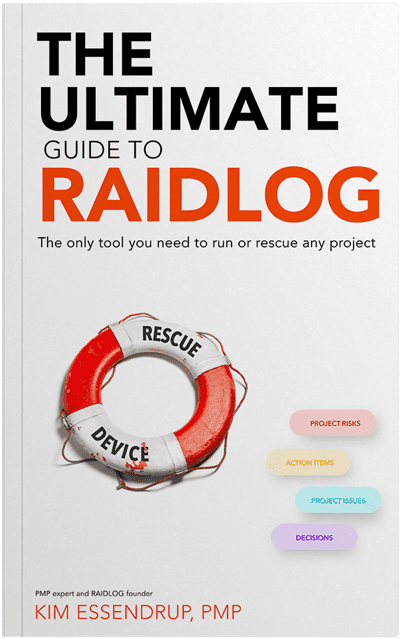Where you can, identify the options available for each decision and the follow-on impacts of each. Include the positives, the negatives and the unknowns for each decision option, like in a T-chart, below. You’ll likely need to engage your team, your stakeholders and maybe even outside advisors to understand the available options and their impacts. The effort is worth it, though; a sound understanding of the options available not only helps you more effectively communicate the decision to your decision makers, but also helps them make better and more informed decisions.
One of the most important options to include may be that of no decision, or to do nothing. Most decisions have a date by which they must be made to avoid impacts to the project. To help prioritize decisions and communicate their urgency, document the impacts if the decision is not made by the required date.
Example: If we do not select all our speakers for the event by July 1, then we won’t be able to include their photos and bio in the conference mailer, reducing the number of registrations from people who would have been interested to see those unlisted speakers
Once you have an understanding of the impacts of a decision, reevaluate the decision makers, ensuring that they are still appropriate considering the options and impacts.
sidebar: The Paradox of Choice
In his book The Paradox of Choice, Barry Schwartz discusses how people like to have choices; but too many choices can lead to decision paralysis. By identifying decision options we create an informed, limited list of choices for our decision makers. They can of course choose a different option, but asking “which of these options do you want to choose?” will nearly always lead to better decision making than presenting infinite choices by asking, “what do you want to do?”
